Understanding how modern climate patterns affect delicate film cameras and lenses—and how to keep them safe for decades.
Why Humidity Matters for Analog Equipment in 2026
In this section, you'll discover how shifting humidity patterns in 2026 directly impact the longevity of stored analog gear.

Global climate models show 2026 as a year of record-breaking moisture cycles. These shifts amplify the challenge of keeping analog cameras safe because organic film, leather seals, and brass fittings respond aggressively to trapped humidity.
If you've ever opened a vintage camera case after a few idle years only to find a milky haze on the lens or a musty smell inside—it's the fingerprint of humidity at work. That fog may conceal fungal threads or oxidized metals quietly spreading beneath coatings.
- Fungus on lenses: thrives above 60% relative humidity, feeding on residual oils.
- Film warping: high moisture causes emulsion layers to swell and stick.
- Corrosion: brass and steel components tarnish, seizing moving parts.
How Humidity Damages Film Cameras and Lenses
This section breaks down the microscopic battles taking place inside your beloved camera when moisture sneaks in.
Optical fungus begins when spores land on coating residues and digest organic traces. They etch into glass, leaving permanent marks if unchecked. Meanwhile, film emulsions soften, producing sticky rolls that resist unwinding smoothly.

Mechanical systems suffer too. Shutters lose speed accuracy, lubricants emulsify, and aperture blades glue together as oxidation coats them in residues. The results? Uneven exposures and gears that protest when advanced.
Basic care checklist
- Inspect lenses for haze or fungal spots monthly.
- Store film rolls in airtight containers with fresh desiccant packs.
- Avoid placing gear near exterior walls or windows where temperature swings occur.
Pros
- Regular inspections prevent irreversible fungus growth.
- Proper sealing reduces the frequency of maintenance.
Cons
- Requires consistent routine and monitoring equipment.
- Older seals may still fail under extreme humidity spikes.
Best Storage Practices in a Changing Climate
This part explains how to set the perfect preservation environment for analog gear despite the turbulent humidity of 2026.

Consistent 35–45% relative humidity remains the sweet spot for analog preservation. Achieving it today is easier with 2026’s budget-friendly smart cabinets and sensor-linked apps that log environmental variance over time.
Essentials for climate-stable storage
- Measure humidity with a digital hygrometer at least weekly.
- Replace or recharge desiccants quarterly.
- Elevate storage off floors to avoid condensation zones.
Imagine transforming a spare room into a minimalistic home studio where cameras rest in transparent, sensor-equipped cabinets. The quiet hum of stabilization fans replaces the paranoia of dampness, making your analog corner museum-worthy and secure.
Affordable Protection Options for Collectors
This section shows how everyday gear owners can achieve professional-grade humidity protection without spending heavily.
The simplest method is a homemade dry box: an airtight plastic container lined with reusable silica gel. Add a humidity meter, and you have a portable climate vault. Premium choices include electric dehumidifier cabinets, but second-hand models often provide the same results sustainably.
You can also find photography accessories for storage made from recycled materials designed to resist moisture cycles.
| Name | Best for | Spec | Result | Usability | Notes |
|---|---|---|---|---|---|
| DIY Airtight Box | Budget users | Manual desiccant | Stable humidity when checked often | Simple | Needs frequent monitoring |
| Electric Dry Cabinet | Large collections | Auto-regulated 40% | Consistent conditions | Plug-and-play | Higher energy usage |
| Smart Sensor Box (2026) | Tech-savvy collectors | Bluetooth monitor | App alerts for spikes | Highly interactive | Slightly pricier setup |
Pros
- Many options suit every skill level.
- DIY solutions reuse existing containers sustainably.
Cons
- Manual systems rely on user diligence.
- Electric options require monitoring to ensure eco-efficiency.
Looking Ahead: 2026 Innovations in Storage Technology
This final section explores how the latest innovations redefine analog preservation as part of a sustainable future.

By mid-2026, humidity control merges with smart-home ecosystems. Compact sensors link to phones, pushing alerts when relative humidity drifts even slightly. Meanwhile, case designers use recyclable plastics, bamboo composites, and natural vapor barriers to eliminate unnecessary waste.
Community-led workshops and online forums share calibration data, teaching collectors to maintain consistent environments collectively. Imagine your entire collection pinging your phone to signal “100% safe”—a collaborative cloud of preservation knowledge working globally.
When ready to expand your setup, you can shop sustainable analog cameras or browse quality camera lenses with confidence, knowing you can store them safely.
Quick Decision
- For beginners: Use DIY airtight boxes with renewable desiccant packs.
- For collectors: Choose smart dry cabinets with integrated sensors.
- For eco-focused users: Seek cases made from recycled or bamboo-based materials.
- For travelers: Lightweight, moisture-tight pouches remain the most flexible solution.
FAQs
- How does humidity damage stored analog cameras?
- It promotes fungal growth in lenses, corrodes metal parts, and softens lubricants—reducing precision and image clarity.
- What humidity level is safe for film storage in 2026?
- Keep relative humidity steady between 35% and 45%, using dry cabinets or renewable desiccant packs.
- How can I dehumidify old analog equipment safely?
- Use silica gel, low-heat dry boxes, or electric cabinets—dry gradually to protect seals and coatings.
- Does modern desiccant tech protect analog gear better?
- Yes. 2026 smart gels last longer, reduce waste, and integrate small humidity monitors.
- Can recycled materials be used for humidity-safe storage cases?
- Absolutely. New airtight designs blend recycled plastics and bamboo composites for eco-friendly durability.
Protect Your Collection Today
Upgrade to a humidity-safe camera cabinet and keep your film gear pristine before the next storm season hits. Your future negatives will thank you.
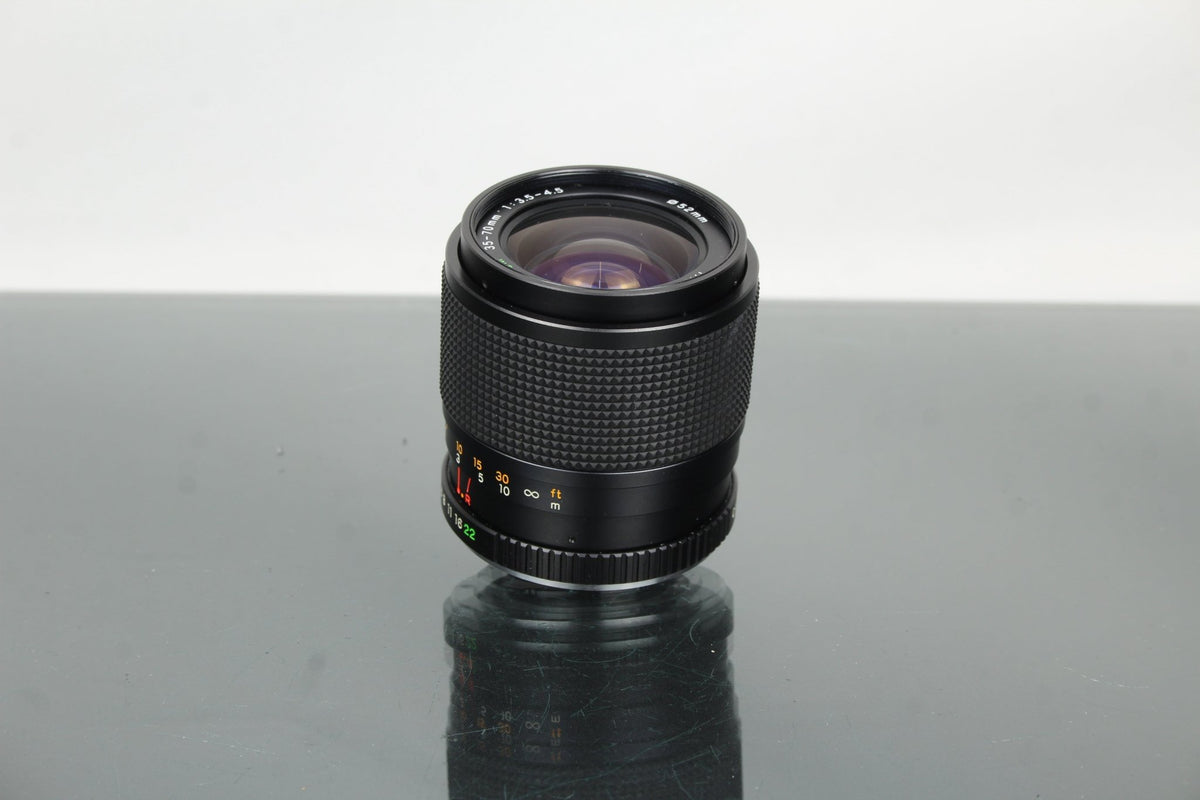
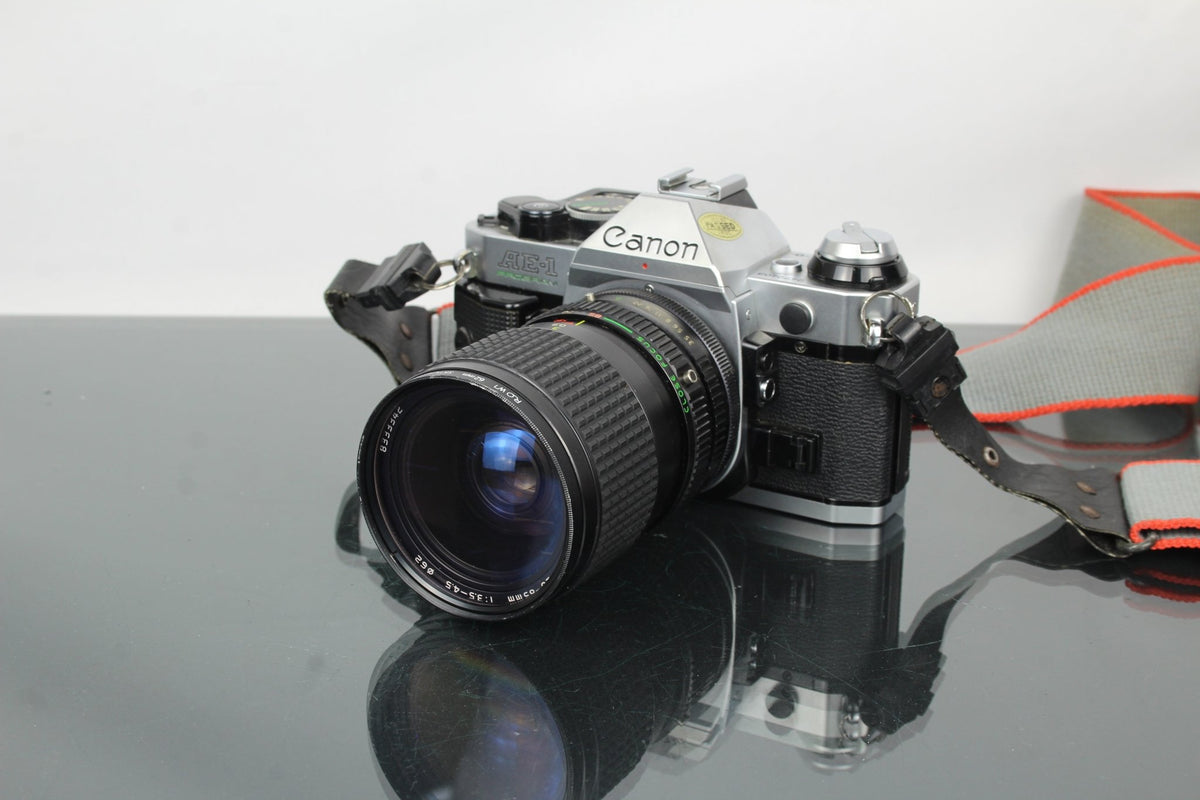
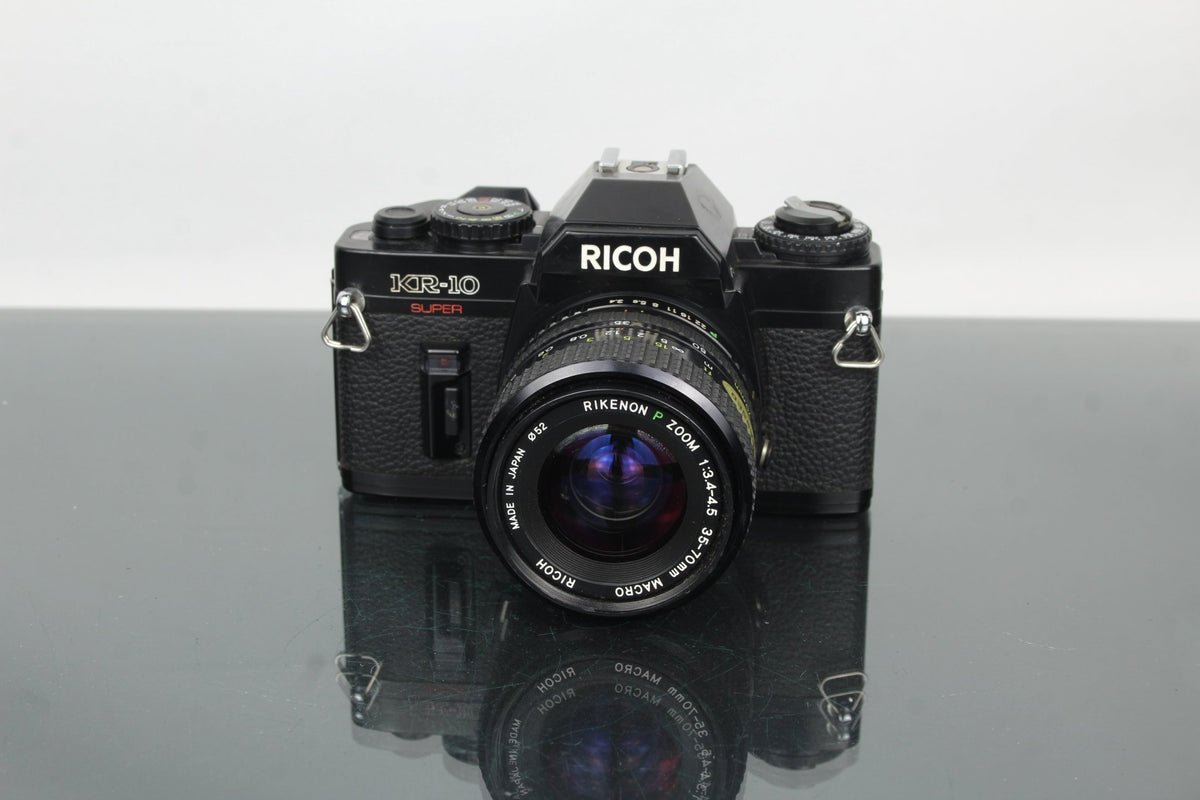
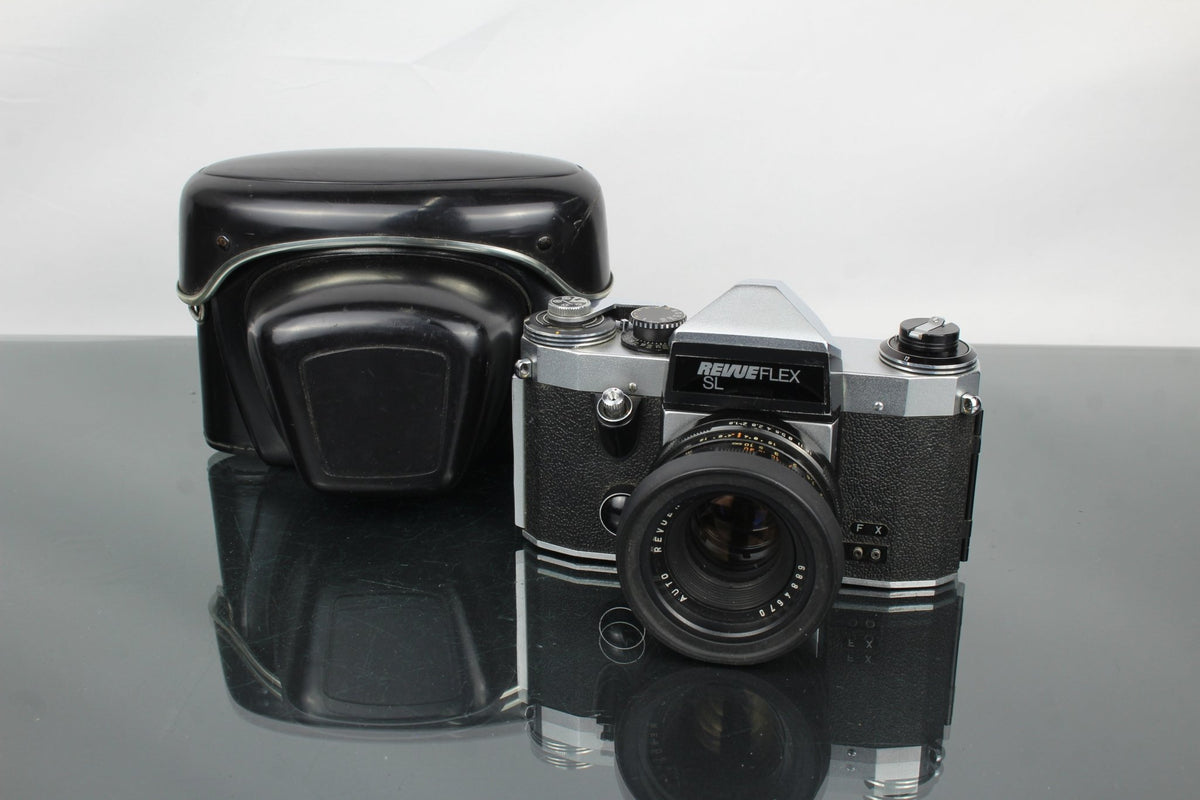





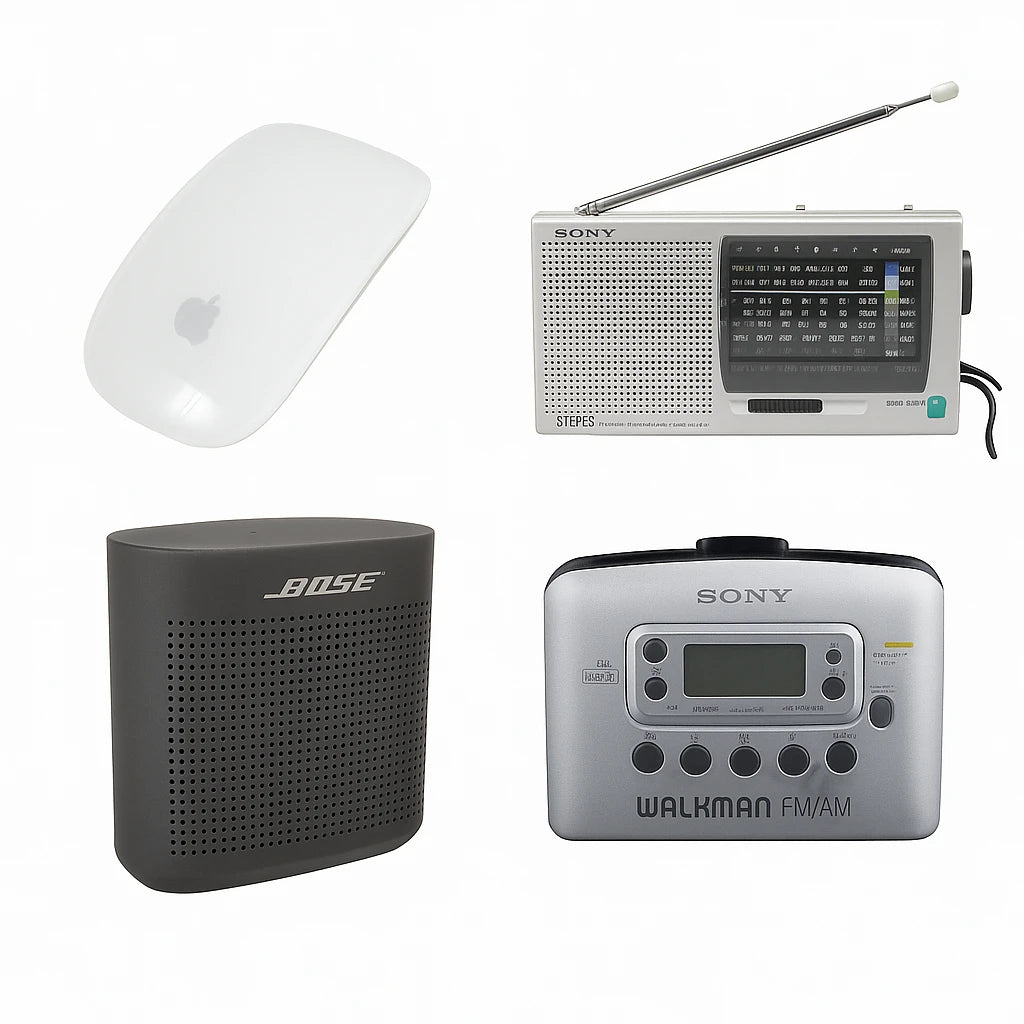
0 commentaire